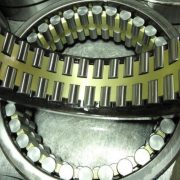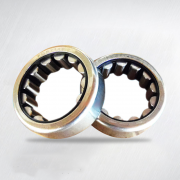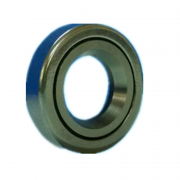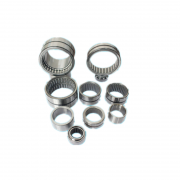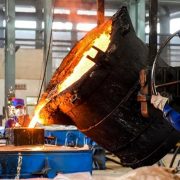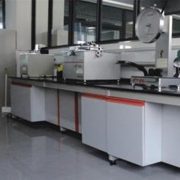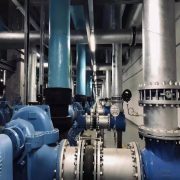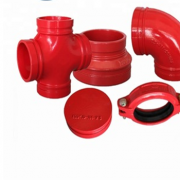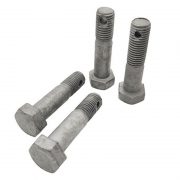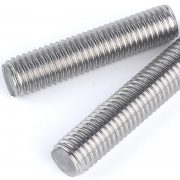There are generally 3 points for actual operation of the disassembly method of automobile needle roller bearing
1) The knocking method, under normal circumstances, when the bearing needle roller is removed by the knocking method, the key function of the knocking force lies in the inner ring of the bearing, and it cannot be added to the turning body of the bearing and the maintenance wall; in other words, this type of disassembly method The key lies in the selection of the top priority, and the placement of the protective layer pad should be appropriate.
2) The thermal disassembly method, the engine oil should be heated to 100 degrees Celsius in actual operation, and then the engine oil should be irrigated onto the bearing needles that are willing to be disassembled. After your bearing ring is heated and deformed, the bearing needles can come out, which is very easy to operate. .
Compared with the two disassembly methods, it is more stable and reliable to disassemble the bearing needle by pressing method. It uses a punch to push the bearing, so that it is not easy to cause damage to the equipment, and the bearing needle can maintain a stable consistency. Sex.
3) There is also a drag-out method. In this way, a professional puller must be used for disassembly. If the rocker of the puller is selected, it can be gradually pulled out.
Fully grasp the load force of all bearing needles, so that higher quality bearing products can be purchased, and then consider the requirements of the application of mechanical equipment, so the load force has become one of the key information for selecting needle roller bearings.
Generally speaking, needle roller bearings can be used to bear heavy loads; while ball bearings are used to bear light or medium level loads; bearings manufactured by nitriding steel or bainite heat treatment can bear impact and vibration loads . It is not difficult to see that for safety considerations, it is necessary to master the characteristics of bearings in industrial production.
If the load is unqualified, it will cause greater damage to the middle and late application of bearing needle rollers. It is not difficult to see that the quality of bearing needle rollers is related to the operating conditions of industrial equipment. A good bearing needle roller can make full use of its effect, make the transmission system of machinery and equipment smooth, improve efficiency, and can reasonably alleviate the friction between each component and improve the service life of machinery and equipment.
Improper assembly will cause various failure forms of the bearing, and often the matching between the inner hole of the bearing and the shaft and the improper fit between the shaft diameter and the bearing seat hole often occur.
The matching between the inner hole of the bearing and the shaft adopts the basic hole system, and the matching between the outer circle of the bearing and the bearing seat hole adopts the basic shaft system. Generally, the shaft and bearing inner race of centrifugal pumps, centrifuges, reducers, motors and centrifugal compressors that work under normal load conditions adopt j5, js5, js6, k5, k6, m6 coordination, and the bearing housing holes and bearings The outer seat ring adopts j6 and j7 coordination. Rotating races (inner races of most bearings are rotating races, outer races are not rotating races, a few bearings are the opposite), usually with interference fit, bearing needles can avoid races under load Rolling and sliding occur on the mating surface of the shaft diameter and the bearing seat hole.
But sometimes because the shaft diameter and the size of the bearing seat hole are not measured or the mating surface roughness does not meet the standard requirements, excessive interference fit is caused, and the bearing seat ring is greatly squeezed, resulting in the radial clearance of the bearing itself. Reduced, making the bearing difficult to rotate, heating, abrasion intensified or stuck, and in severe cases, it will cause the inner and outer races of the bearing to crack during installation. The non-rotating seat ring often adopts a fit with little clearance or interference. In this way, the non-rotating seat ring may produce a small creep, and the contact surface of the seat ring and the rolling element is constantly replaced, and the raceway of the seat ring wears evenly. At the same time, it can also eliminate the axial jam of the rolling elements in the bearing due to thermal elongation of the shaft. However, excessive clearance fit will cause the non-rotating race to rotate with the rolling elements, causing serious wear on the shaft (or bearing seat hole) and the inner race (or outer race), and friction will cause the bearing to heat and vibrate.
Decho is a professional supplier on needle bearings, if you have any request , pls donot hesitate to contact us by email [email protected]

